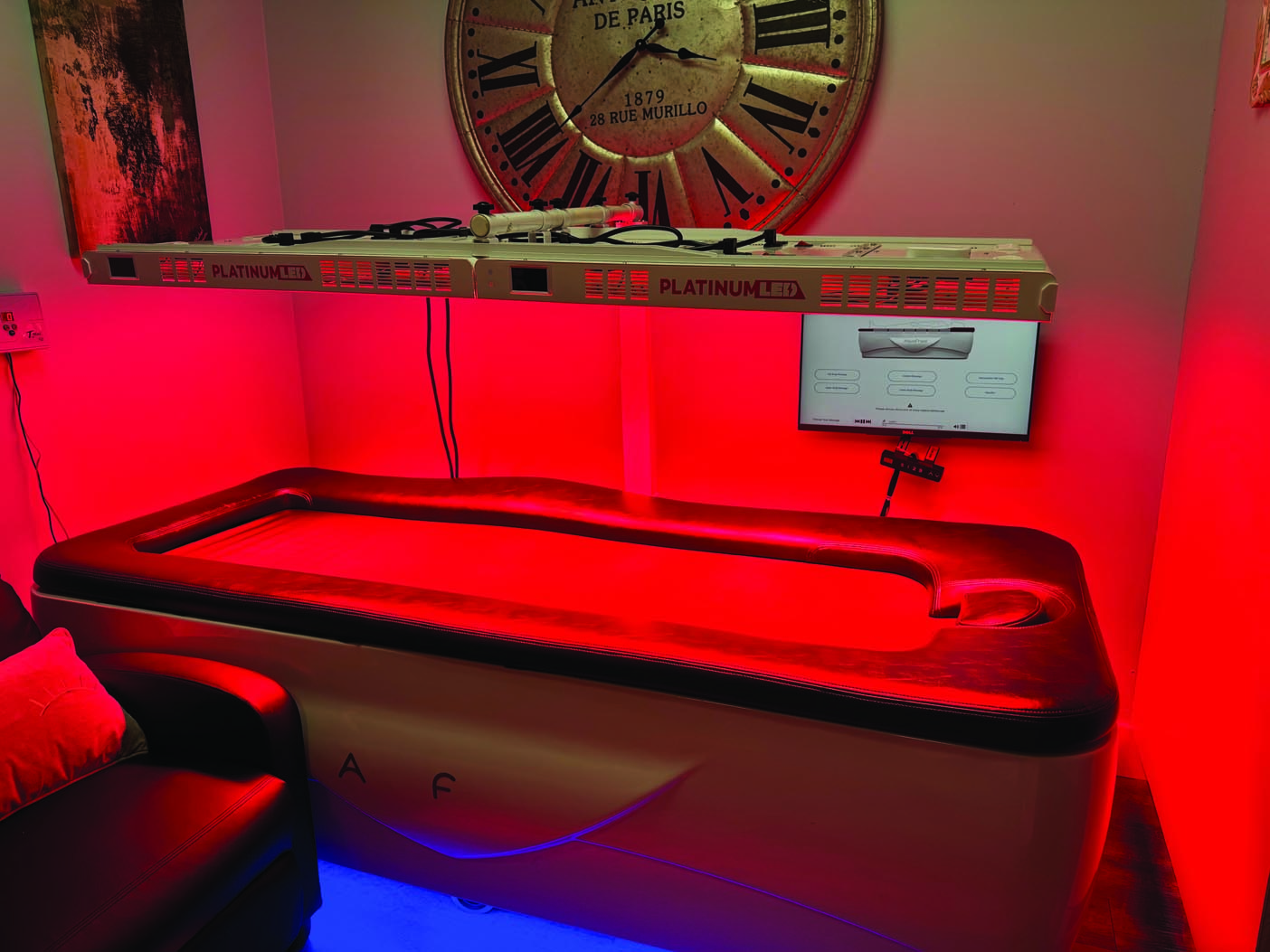It seems as though good employees are becoming increasingly harder to find. When we do find someone great, it is imperative to keep them happy and most importantly, motivated.
[gap height=”15″]
People work to make money; but, given the opportunity to make more money, staff will not only stay with your business longer, but most likely will also perform better with better attitudes. Through my travels, I have met many salon owners who have said they “can’t afford to pay commissions.” And my response has always been, “I truly believe you can’t afford not to!” If you do not incent staff or haven’t changed or updated your commission structure in a few years, then the following ideas are for you.
[gap height=”15″]
Some statistics before we dive into the nitty gritty;
[gap height=”15″]
- A corporate incentive program motivates 66% of employees to stay at their job.
- 39% of staff feel under-appreciated at work, with 77% reporting that they would work harder if they felt better recognized.
- 41% of customers are loyal to a brand or company because they consistently notice a positive employee attitude, while 68% defect from a brand or company because of negative employee attitude.
[gap height=”15″]
[gap height=”15″]
If you do not incent staff or haven’t changed or updated your commission structure in a few years, then these ideas are for YOU.
[gap height=”15″]
Let’s look at the three most common retail commission structures.
[gap height=”15″]
1. Fixed: This involves a flat rate or percentage, such as 5% commission on every bottle of lotion sold. This program has advantages and disadvantages. It is easy to track for you and your team – they know if they sell a $100 bottle of lotion, then they will make $5 in commission. The disadvantage, in my opinion, is the lack of an incremental goal. The idea is that we want staff to sell more and strive for higher, which is why I prefer the next commission structure over this one.
[gap height=”15″]
2. Variable: Referred to as a sliding scale, this one is very common – the more you sell, the higher percentage of commission you make. Most commonly, I have seen this program work when there is a certain LPPA goal (lotion per person average) in order to “rank up.” For example, let’s say every team member makes 5% commission on product sales. In order to get them to work to increase their LPPA, you bump the lotion commission to 7.5% for anyone who maintains a monthly LPPA of over $2.50, 10% for $3.50, 12.5% for $4.50, etc. You can stagger this however you see fit; but incremental goals help keep your staff working harder toward daily improvement, especially if they are able to track daily where they are for the month.
[gap height=”15″]
3. Team-Based: This one is fun and I have seen it work well in smaller salons and those with fewer staff. This encourages your team to work together to hit a particular goal. One example is based on overall growth. Let’s say you set a monthly sales goal of $50,000 and are offering a bonus of $2,000. If your team works together to hit that goal, you can divide the bonus by number of hours worked. Let’s say Employee A worked 50% of the hours, Employee B worked 35% of the hours and Employee C worked 15% of the hours – the bonus would be split accordingly: Employee A making $1,000 bonus, Employee B $700 and employee C, $300. What I like about this program is it encourages teamwork for a common goal, instead of just worrying about personal sales numbers.
[gap height=”15″]
The most successful salons that I have seen will employ a combination of these options. Because the first two are based heavily on product, the third balances it out by still rewarding staff for upgrading memberships or selling premium packages. No matter what program or incentive you choose to implement, remember: motivation is key! Motivated staff work harder and perform better. Every salon and employee is different, so work closely with your staff to determine what motivates and incents them, and try to reward them accordingly.
Happy employees = happy customers!

























